Bushwhacking in Sam Houston National Forest
In mid-October Chris mentioned that he wanted to go look for a particular rare plant, Bartonia texana, aka Texas screwstem. It is frequently on the list of protected plants we survey for but here’s the kicker, the photos available for this plant are few and not many people see this plant. It also doesn’t have visible vegetation on it throughout most of the year, sending a flower spike up only when it is time to bloom. Luckily, it also fits a particular habitat niche so you would only come across it in certain locations, and these locations aren’t places most people are going to be trekking to. So, it really has a lot working for it in not being seen!
Now, Chris gets to bushwhack for work on occasion but I haven’t done any good bushwhacking or off-trail hiking since before Forest was born. When he mentioned he wanted to go see if he could find this plant I really wanted to come along but that meant Forest would have to tag along. And that could be tricky. We managed to make it sound like an adventure and thankfully he really only complained as we were heading back to the car because he was tired. Chris knew of a certain location so we headed out to a remote section of Sam Houston National Forest, turning down a dirt Forest Service road and pulled over to park. In all it turned out to be about a 3 mile hike round trip because of all of the weaving in and around habitats and trees. On the way in there was a wide ATV track that dwindled and then turned into a narrow hunter’s hiking trail before it fizzled and we were left to finding our own route.
In all, it was a great hike! We did not find what we were looking for and will try to return next year to search a little more. The trip reminded me of all of the hours we spent traipsing around Florida looking for plants, geocaches, or really, anything! We need more of this again, though it was a lot easier to do when there wasn’t the prospects of owning a house and having a kid!
Below is a bit of what we saw and I’ll add tidbits of information under certain items.
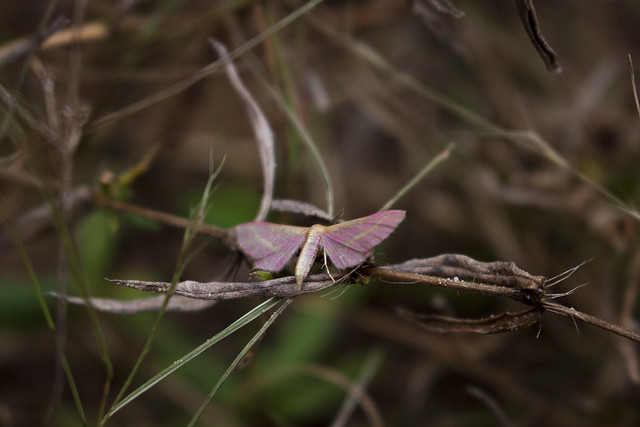
Raspberry Wave, Leptostales laevitaria
Forest pointed this out to me right near the car. I believe it is the same moth that I’ve noticed around our yard but it quite shy and will always flit under a leaf and is camera shy. Very cool to see it with open wings!
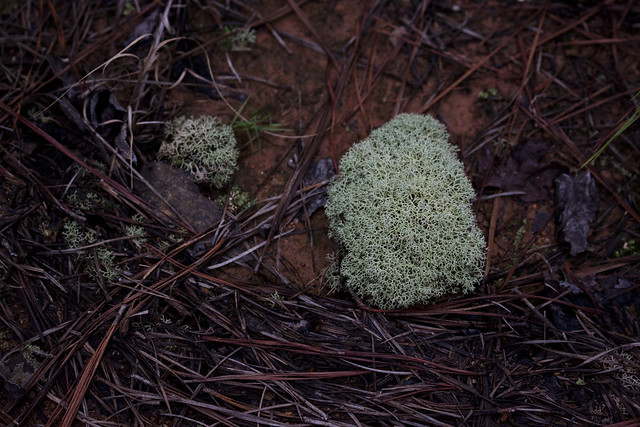
Cladonia sp., deer moss, actually a lichen.

Elegant Gayfeather, Liatris elegans

Along the narrow hunter’s trail we found several shredded balloons. It’s so frustrating to find balloons out in the middle of the woods.
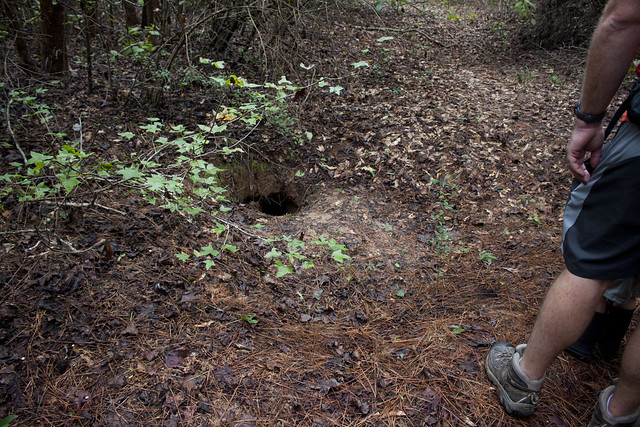
We often stop at holes in the ground to inspect for wildlife and try to teach Forest that differet animals can make a hole their home.
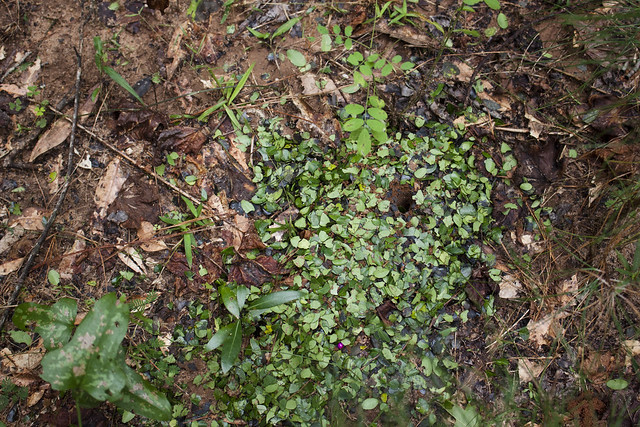
Atta texana, leaf cutter ants. These leaf cutter ants are fungus farmers, cutting down the plant material as a substrate for the fungus they eat to grow on!
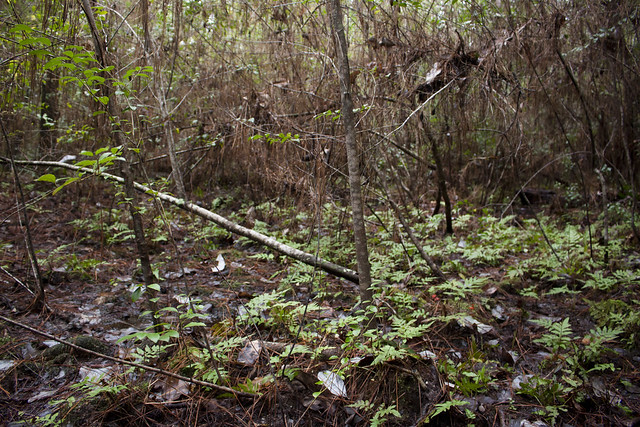
Netted Chain Fern, Woodwardia areolata
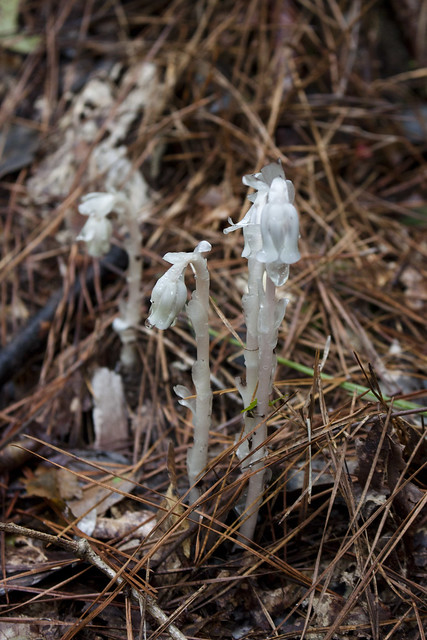
Indian Pipe, Monotropa uniflora
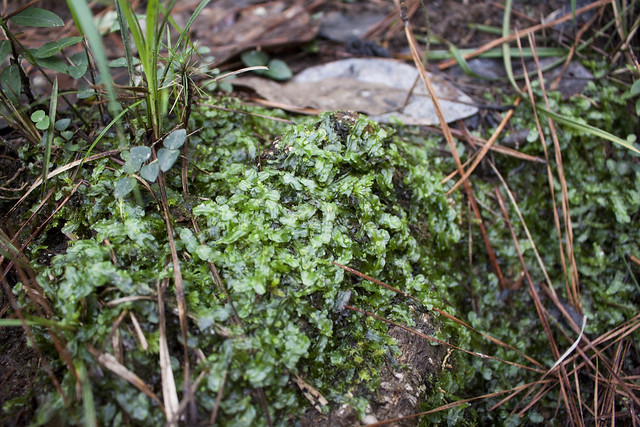
Veilwort, Pallavicinia lyellii
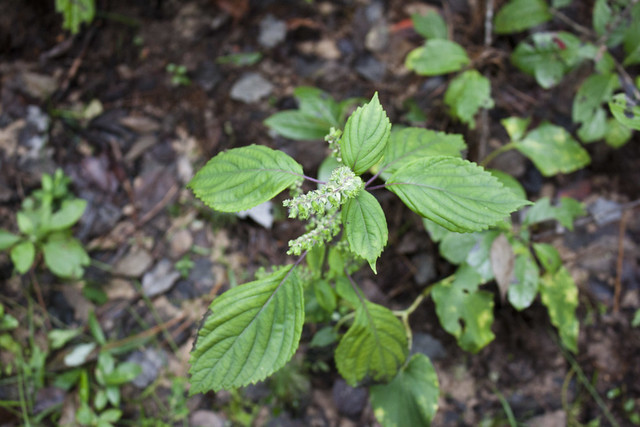
Beefsteak Plant, Perilla frutescens. I’m coming to realize how widespread this plant is and potentially problematic it could be as a non-native plant. That said, it is edible, so eat the weeds!

Sharpwing Monkeyflower, Mimulus alatus
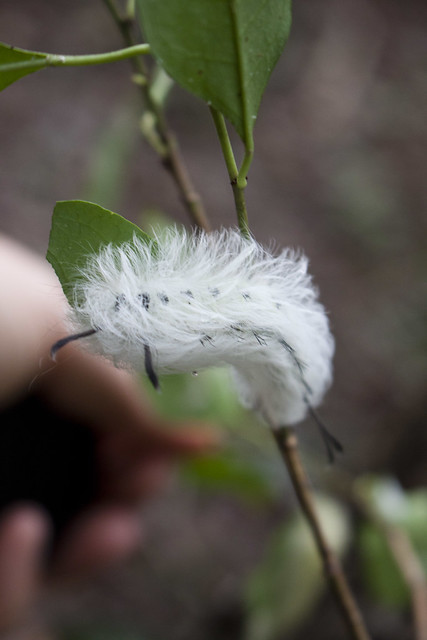
Spotted Apatelodes Moth, Apatelodes torrefacta
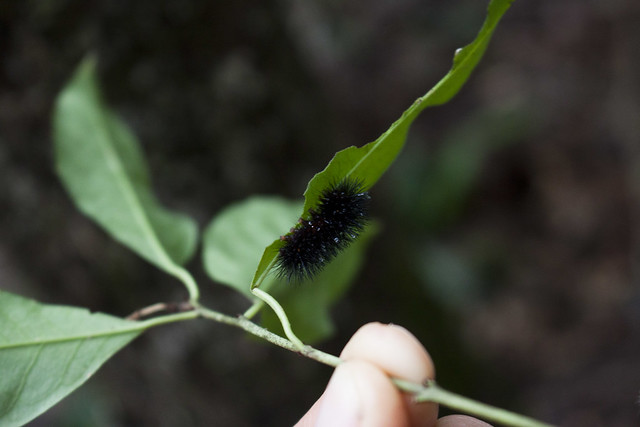
Hypercompe sp., a tiger moth species. I should have taken a few more photos to identify better.

Sweet Bugleweed, Lycopus virginicus
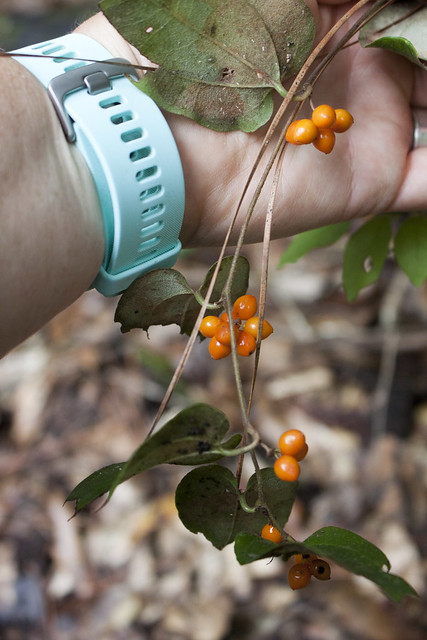
Sarsaparilla Vine, Smilax pumila

I’m torn on this one, I think it is either a young maidenhair fern or some kind of spleenwort fern.
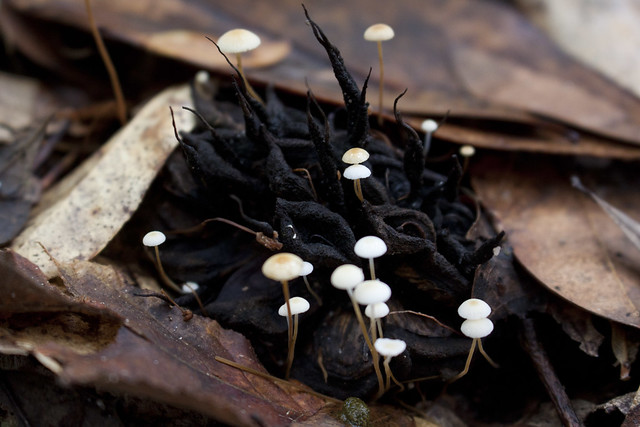
Strobilurus conigenoides On our way out I noticed all of these fungi growing only on decaying magnolia seed pods. I figured they were a specialist but my google searches revealed nothing. Luckily a mycologist on INaturalist identified it and well, my suspicions were correct! The rest of the species in that genus are specialists on other conifer cones!
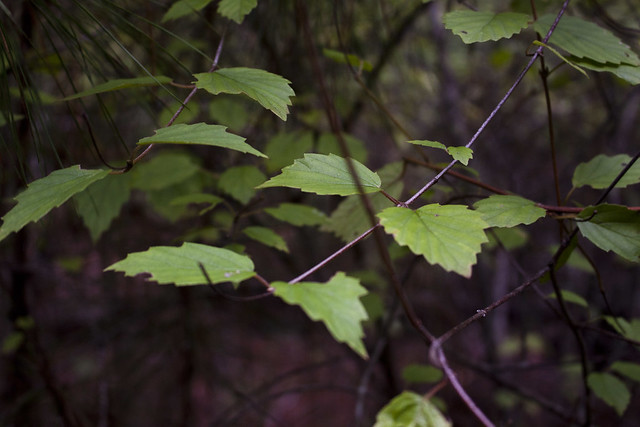
Southern Arrowwood, Viburnum dentatum
Thanks for making it through this long post! I wasn’t in the mood to break it up. Next up, tackling the many photos from the Davis Mountains and some year-end wrap-up posts.
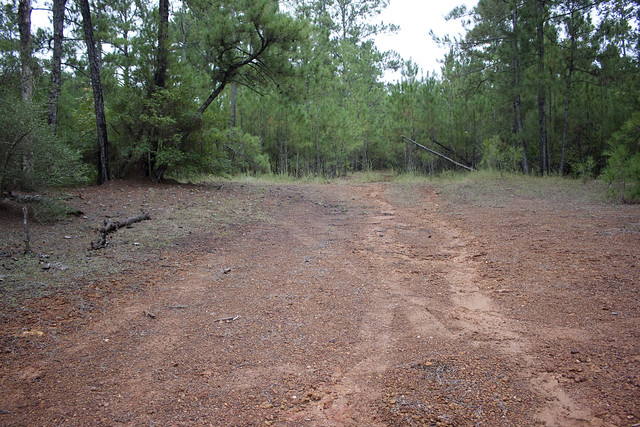
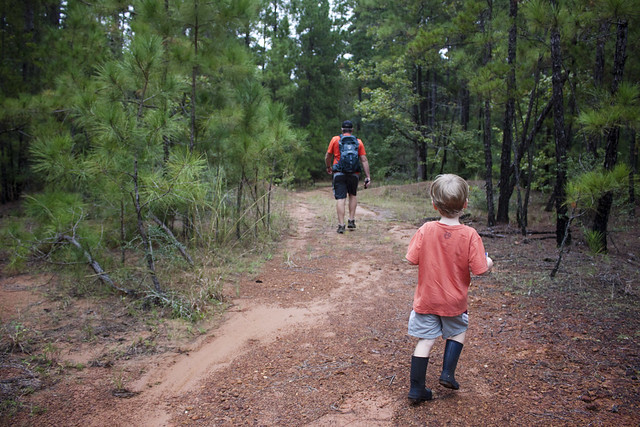
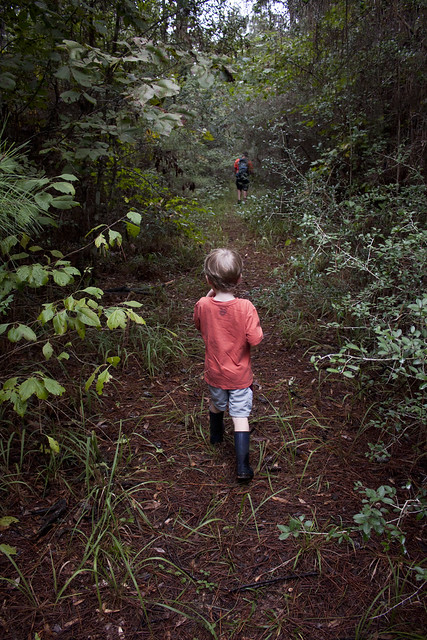
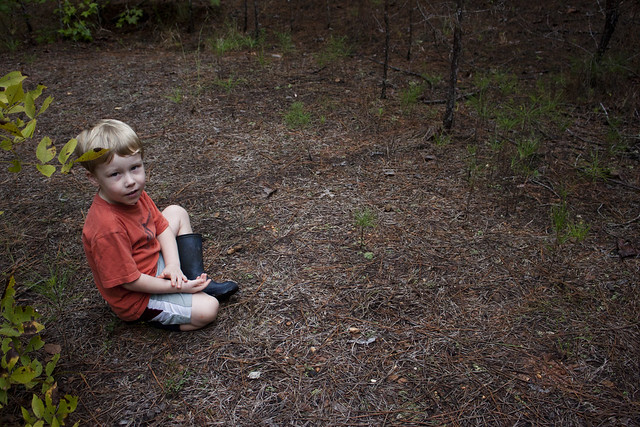

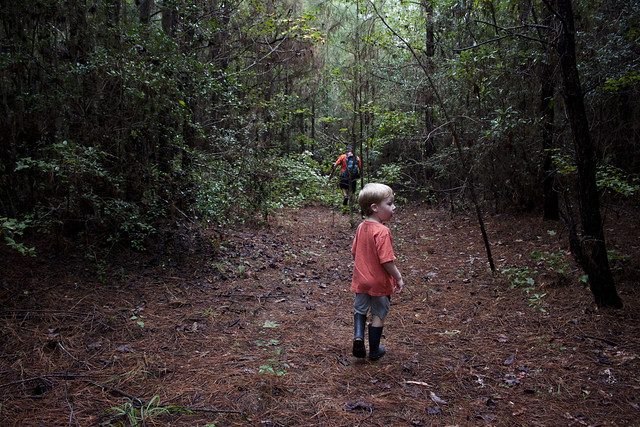
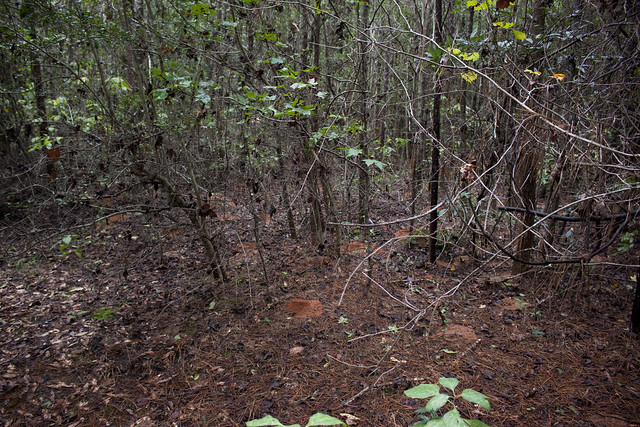

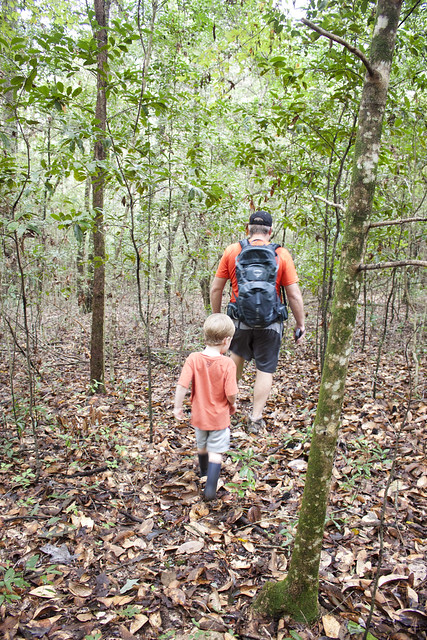



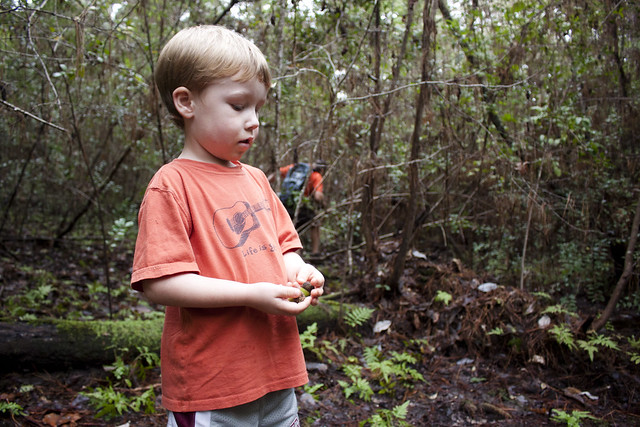
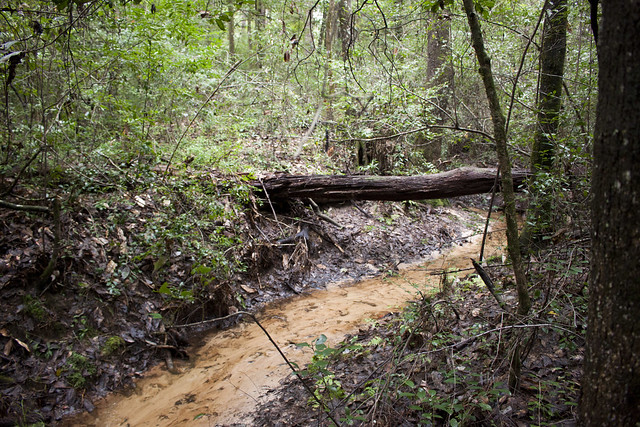

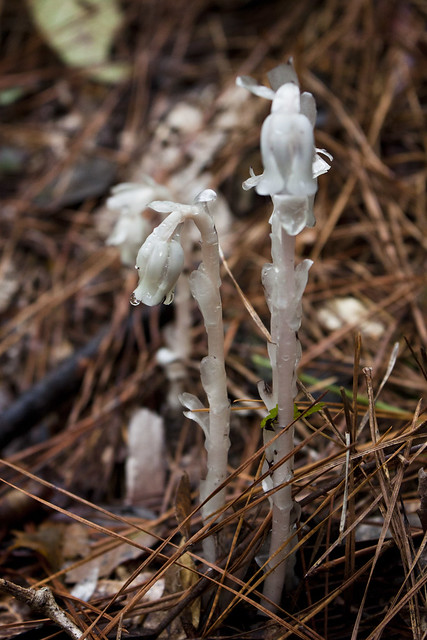
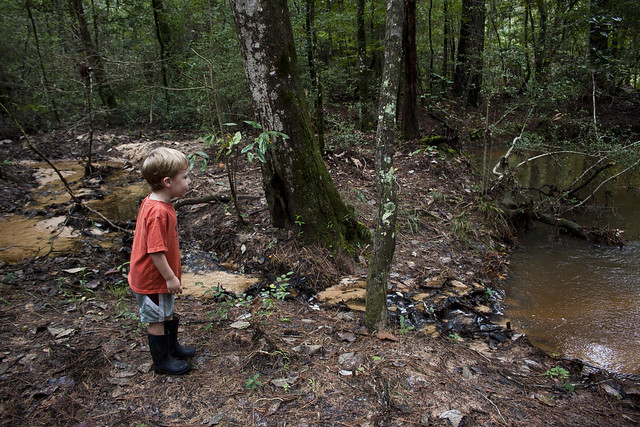

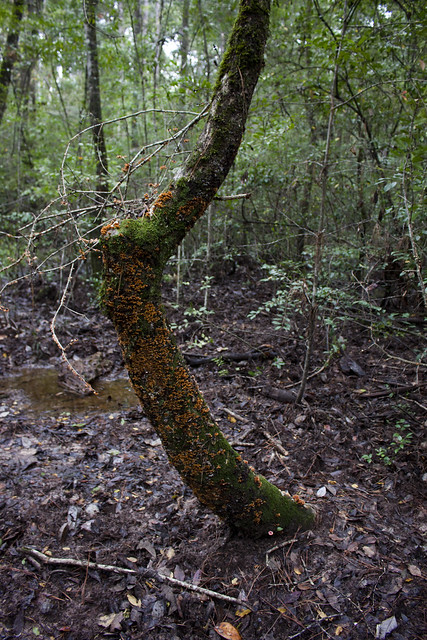
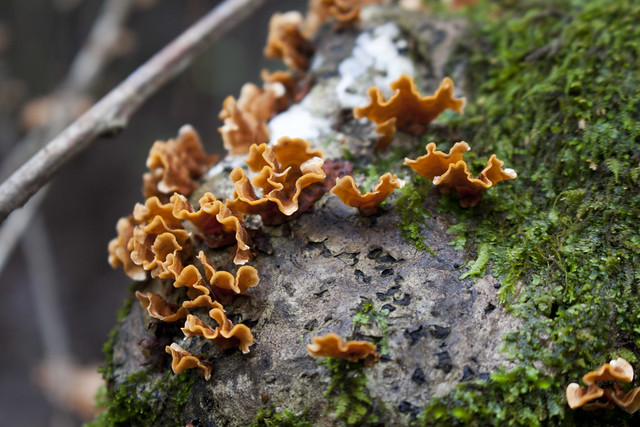
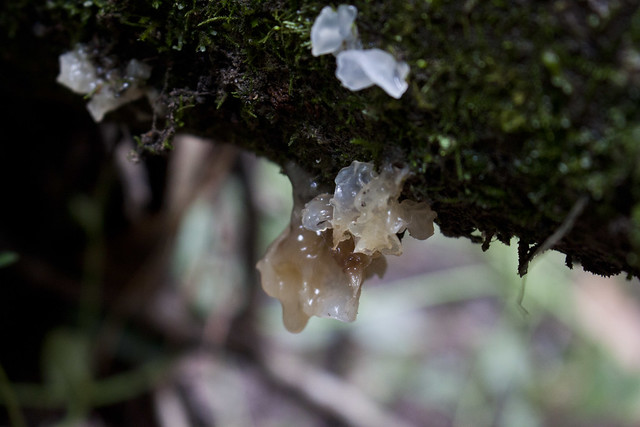
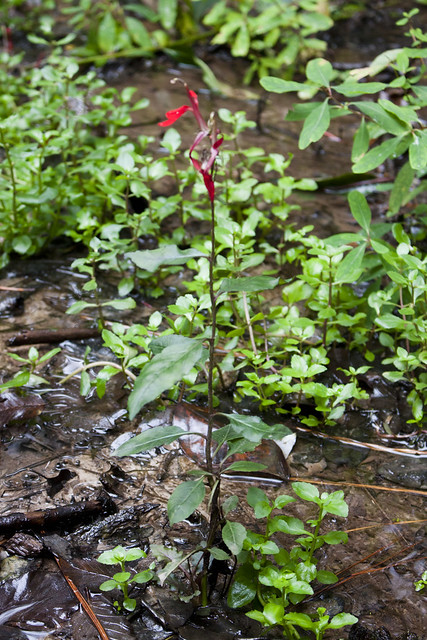



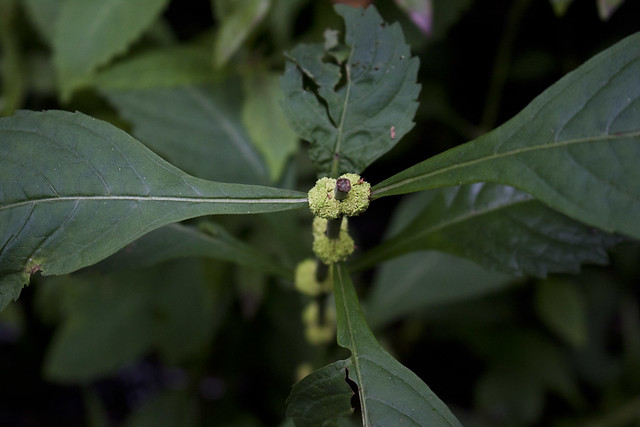

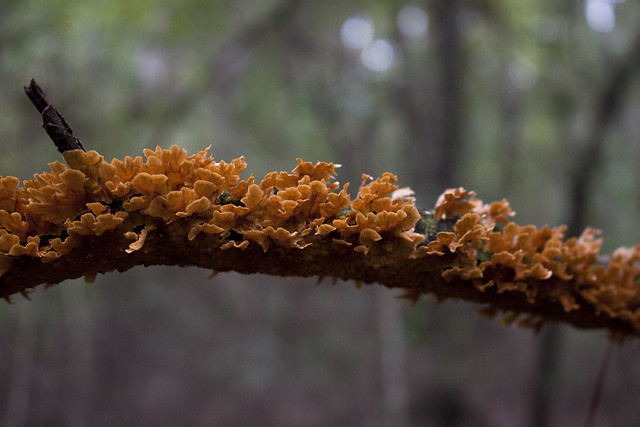



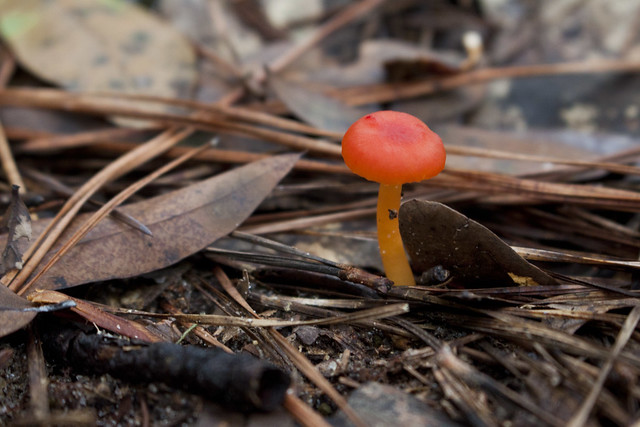
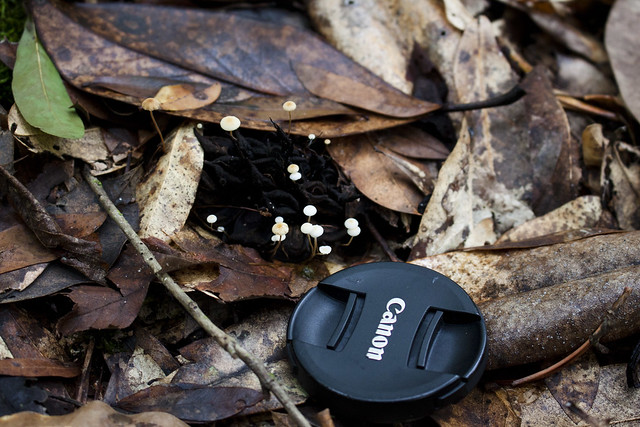



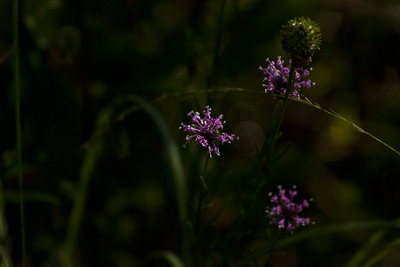
4 Comments
Patrice La Vigne
I already thought you were brave for hiking with kids … but bushwhacking!!
Pingback:
Pingback:
Pingback: